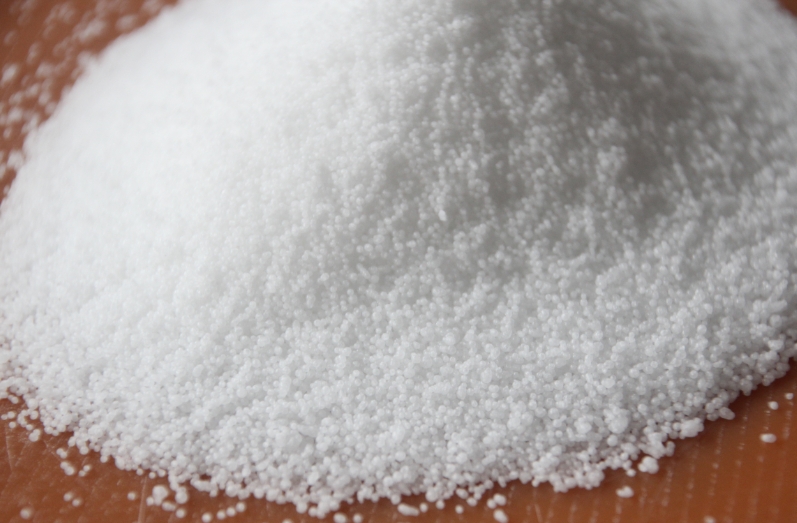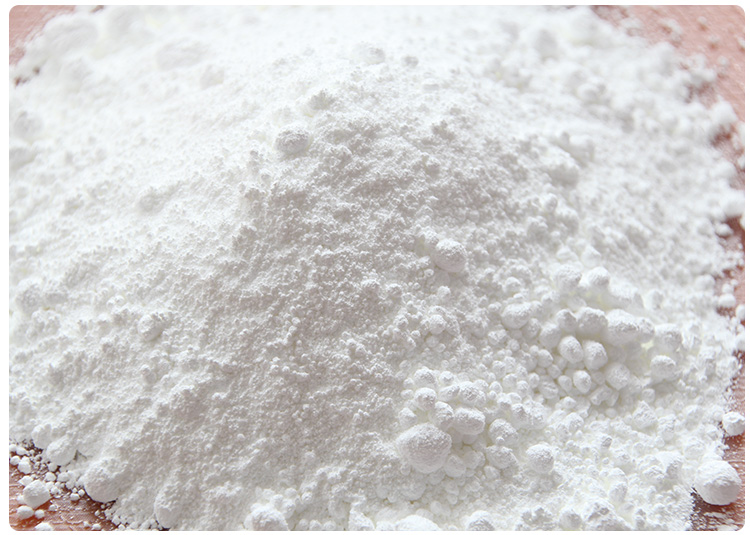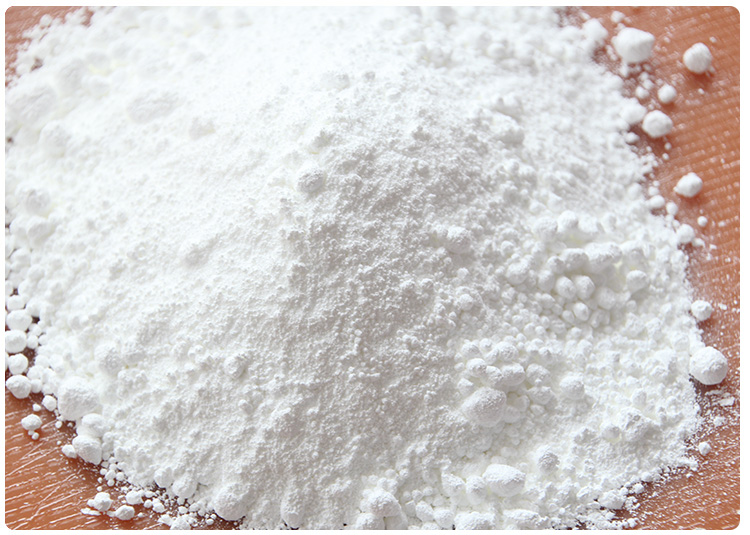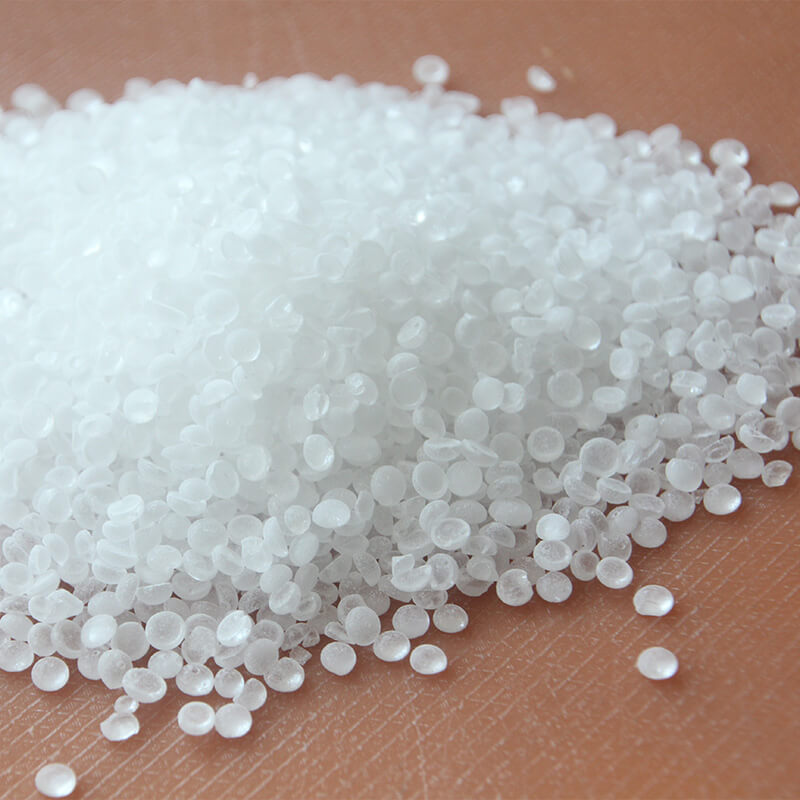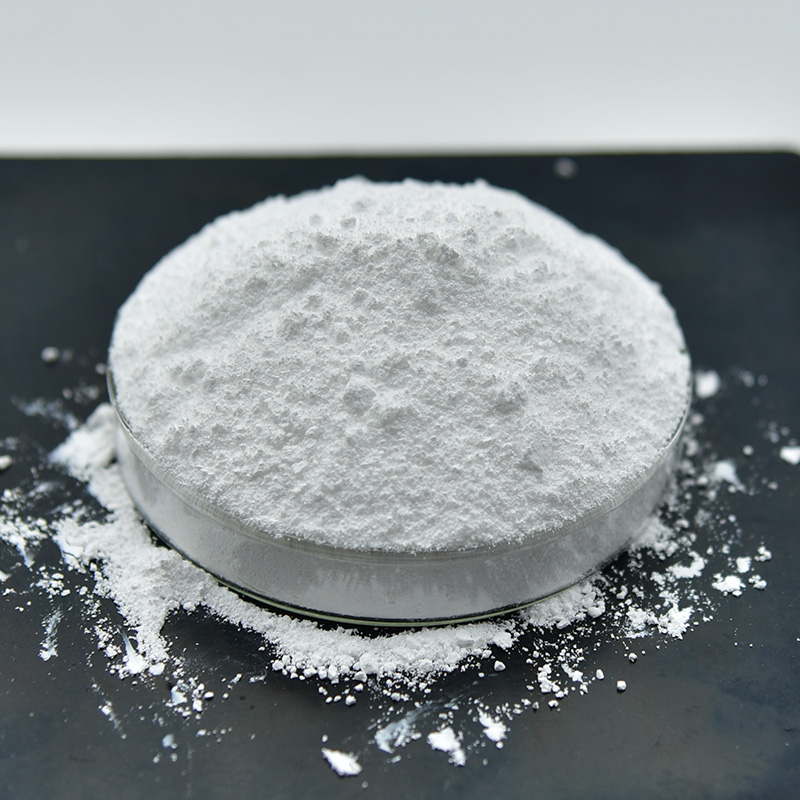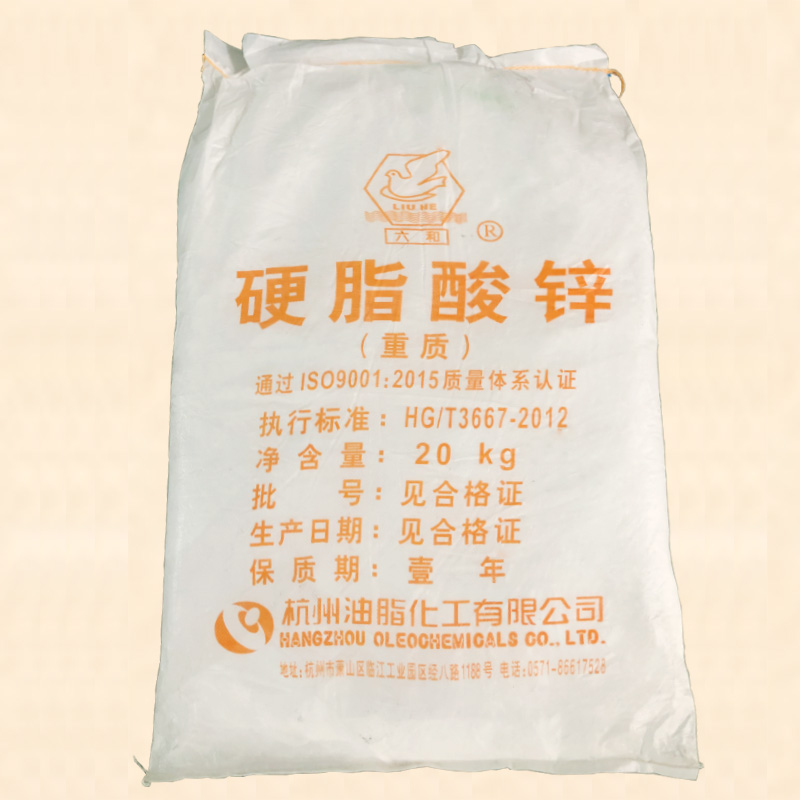The role of stearic acid in EVA
- Mingpai
- 2024-05-31 09:02:11
The role of stearic acid in EVA (ethylene-vinyl acetate copolymer) encompasses several key aspects:
Dispersant: As a surfactant, stearic acid facilitates the uniform dispersion of various additives such as antioxidants, pigments, and fillers within the EVA matrix, enhancing the homogeneity and stability of the material.
Lubricant: It improves the processing characteristics of EVA materials by reducing friction and stickiness during processing operations, facilitating tasks like extrusion and molding, and also aids in demolding of finished products.
Antioxidant: With inherent antioxidative properties, stearic acid serves as a secondary antioxidant, slowing down oxidative degradation of EVA materials, thus prolonging the service life of the products.
Physical property modifier: The right amount of stearic acid can adjust the softness and hardness of EVA materials, influencing their crystallization behavior and, consequently, physical and mechanical properties such as enhancing flexibility, elasticity, or improving low-temperature toughness.
Surface modification: In some instances, stearic acid also contributes to enhancing the surface characteristics of EVA products, like gloss and anti-blocking properties, which optimizes the appearance and feel of the final product.
In summary, the application of stearic acid in EVA materials is aimed at optimizing processing characteristics and physical properties, thereby improving the quality and durability of the products. The exact dosage, however, needs to be tailored according to the specific requirements of the EVA product and processing conditions to achieve optimal results.
